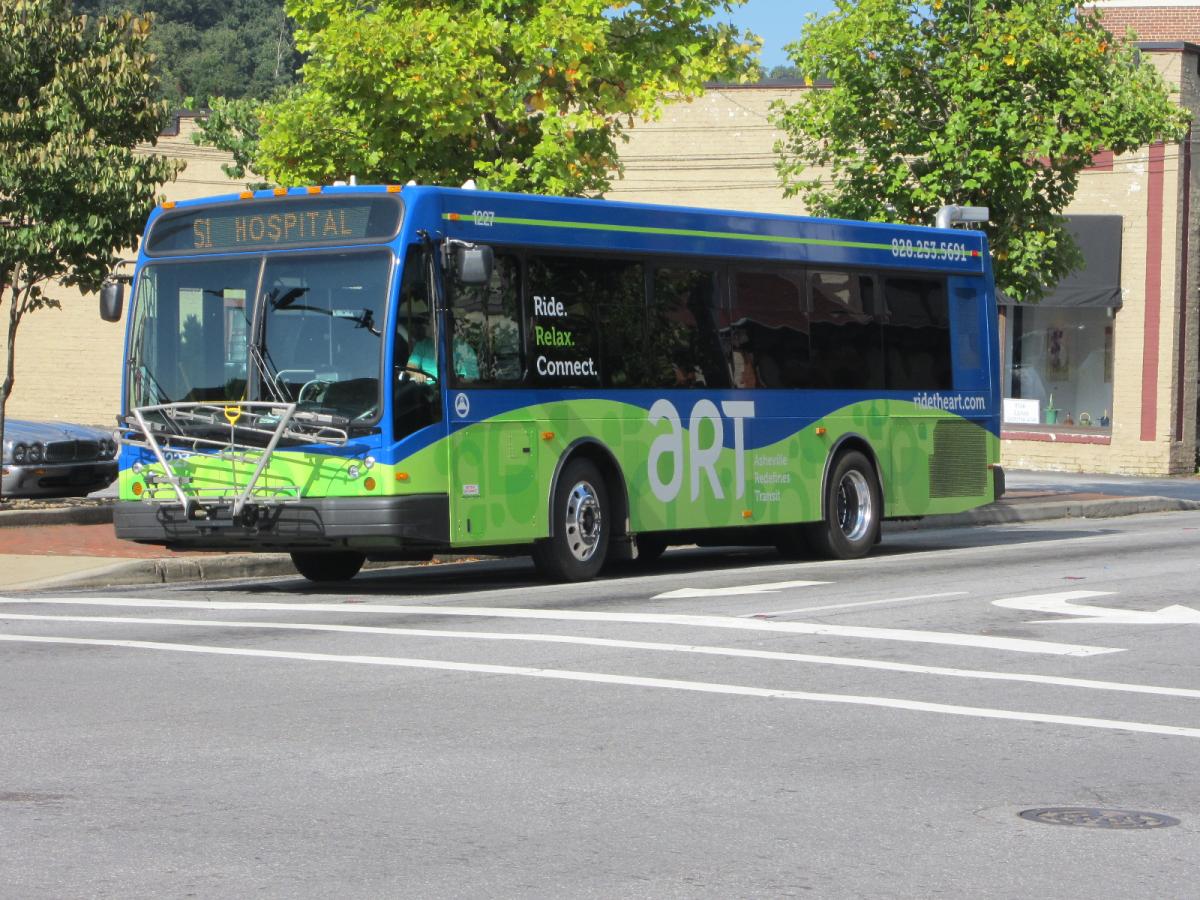And the decision to gamble on electric buses has ended up costing one US city over $5 million.
In recent years, many cities across the country have been investing in electric buses as a way to reduce their carbon footprint and contribute to a more sustainable future. One city, in particular, decided to take the leap and transition their entire fleet to electric buses. However, this decision proved to be a costly gamble that ultimately backfired.
The city in question began the transition to electric buses with high hopes and expectations. They believed that by making this change, they would not only be reducing harmful emissions but also saving money in the long run. The initial investment in electric buses seemed promising, with the city receiving grants and subsidies to help offset the high upfront costs. Additionally, there was a growing trend of cities around the world successfully implementing electric buses into their public transportation systems, further solidifying the city’s decision.
However, as time went on, it became apparent that the electric buses were not living up to their promises. The buses experienced mechanical issues, were unreliable in extreme weather conditions, and required frequent and expensive maintenance. This led to an increase in operational costs, negating any potential savings that were originally expected. The city found themselves spending more money on maintenance and repairs than they had ever anticipated, costing them over $5 million in extra expenses.
The ripple effect of this decision was felt throughout the entire public transportation system. The constant breakdowns and maintenance issues with the electric buses led to delays and service disruptions, frustrating passengers and impacting the city’s reputation. Many residents began to question the city’s decision to invest in electric buses, seeing it as a costly mistake.
In an effort to mitigate the financial losses, the city explored options to revert back to traditional diesel buses. However, this proved to be even more costly, as they would need to invest in new infrastructure and equipment to accommodate diesel buses once again. The city was stuck in a difficult position, trying to find a solution to their costly gamble on electric buses.
Looking back, it is clear that the decision to transition to electric buses was a risky move that did not pay off for this particular US city. The hope for a more sustainable and cost-effective public transportation system ended up costing them millions of dollars and damaging their reputation. The city serves as a cautionary tale for other municipalities considering making the switch to electric buses, reminding them to thoroughly research and plan before making such a substantial investment. Ultimately, the gamble on electric buses proved to be a costly lesson in the importance of careful decision-making and thorough risk assessment in public transportation investments.
